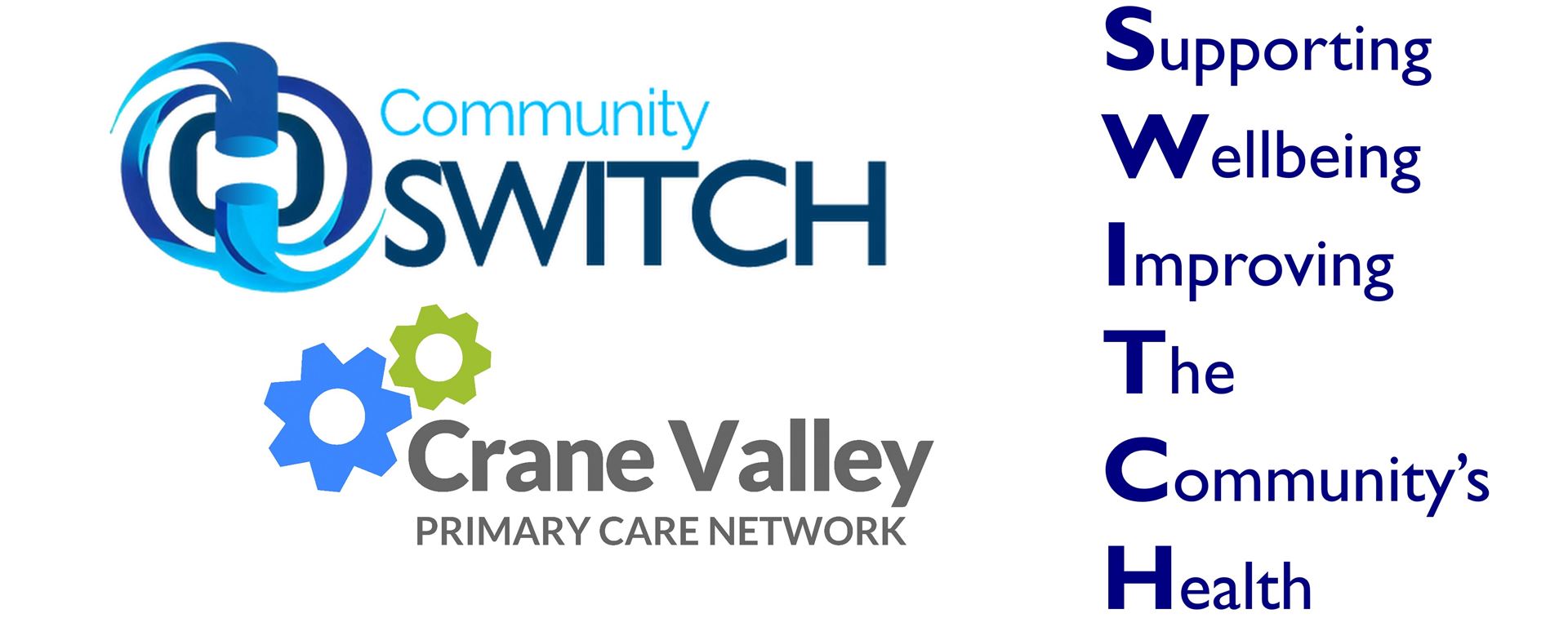Group A Strep
Information for patients about Group A Strep and Scarlet Fever
There are currently high rates of Group A strep and scarlet fever in the UK. Scarlet fever, which is caused by the bacteria Group A streptococcus, is usually a mild illness but it is highly infectious. It is much more common in children than in adults; it is important that children with scarlet fever are seen by their GP so that they can be started on antibiotics. This is not only to reduce the chance of their infection becoming more severe but also to stop them spreading the infection to others, especially people at higher risk of severe infections such as the elderly and those with weakened immune systems.
The rash of scarlet fever often begins with small spots on the body that then spread to the neck, arms and legs over the next 1-2 days. It is often ‘sand-paper’ like to touch but is not itchy.
Your child may also have a:
- Sore throat/tonsillitis
- Fever (temperature of 38°C (100.4°F) or above)
- Painful, swollen glands in the neck
- A red tongue (strawberry tongue)
If you think your child has Scarlet Fever please contact us.
There is also information about Group A Strep on the UK Health Security Agency website here>>
And on the NHS Strep A web page here>>
Scroll down for more information including a short video from Dr Colin Brown, Director of Clinical and Emerging Infection, UK Health Security Agency.
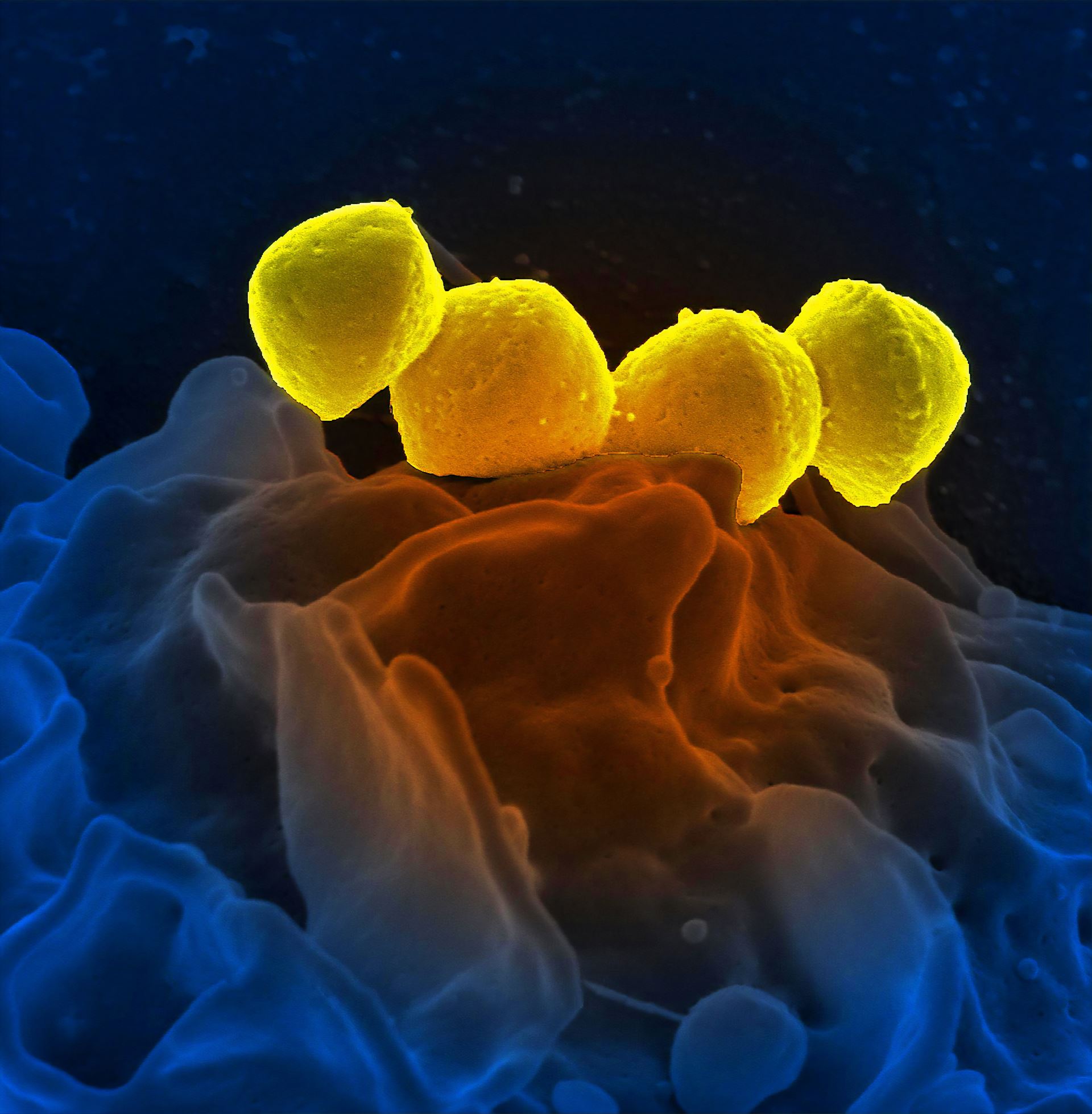
A short video with information for parents - Dr Colin Brown, Director of Clinical and Emerging Infection, UK Health Security Agency
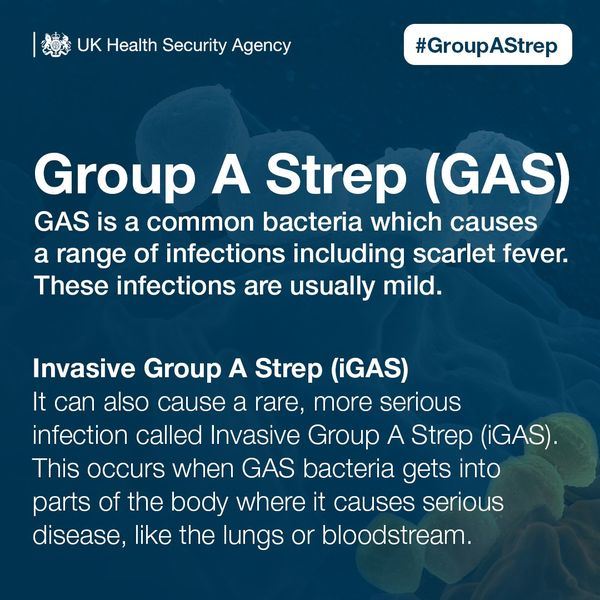
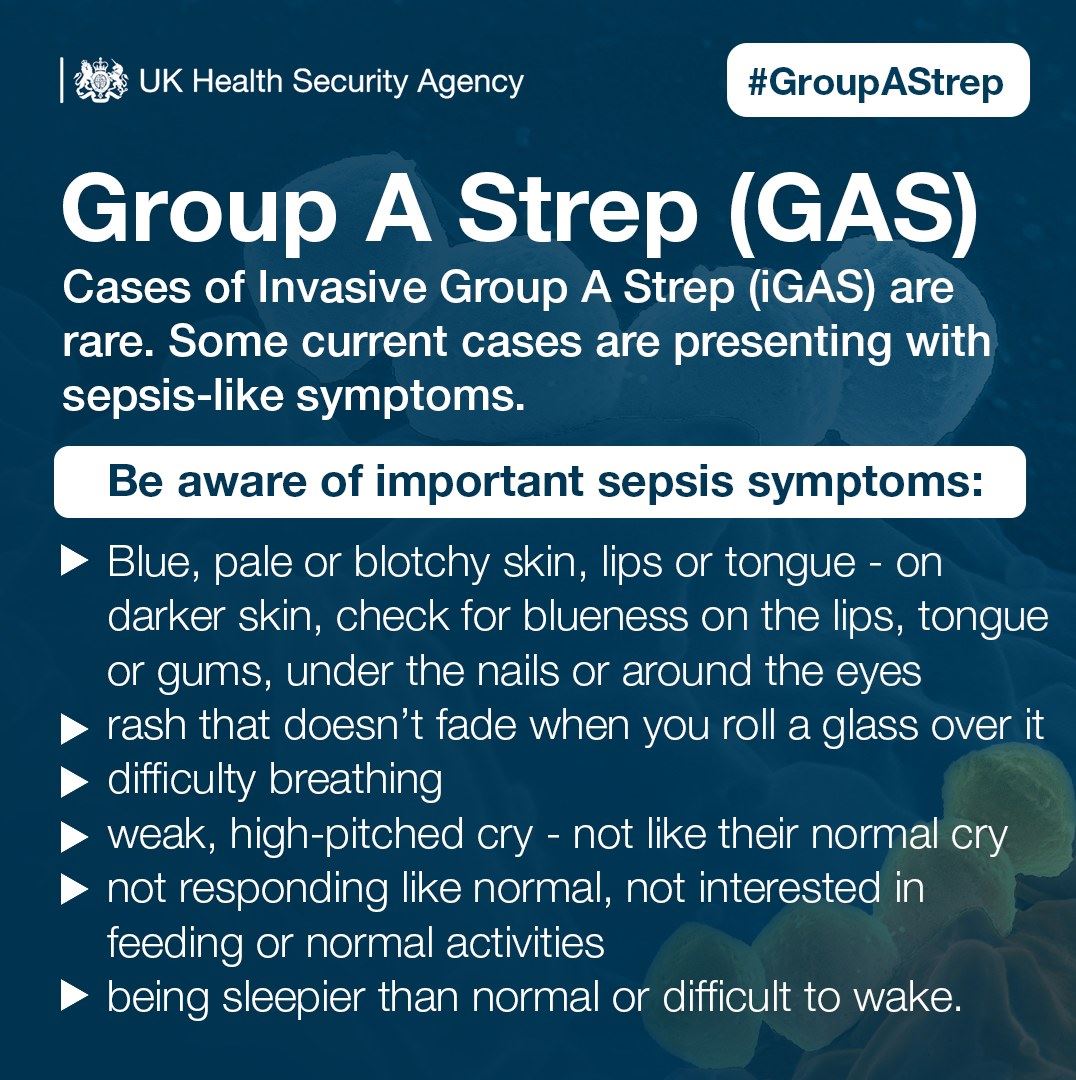
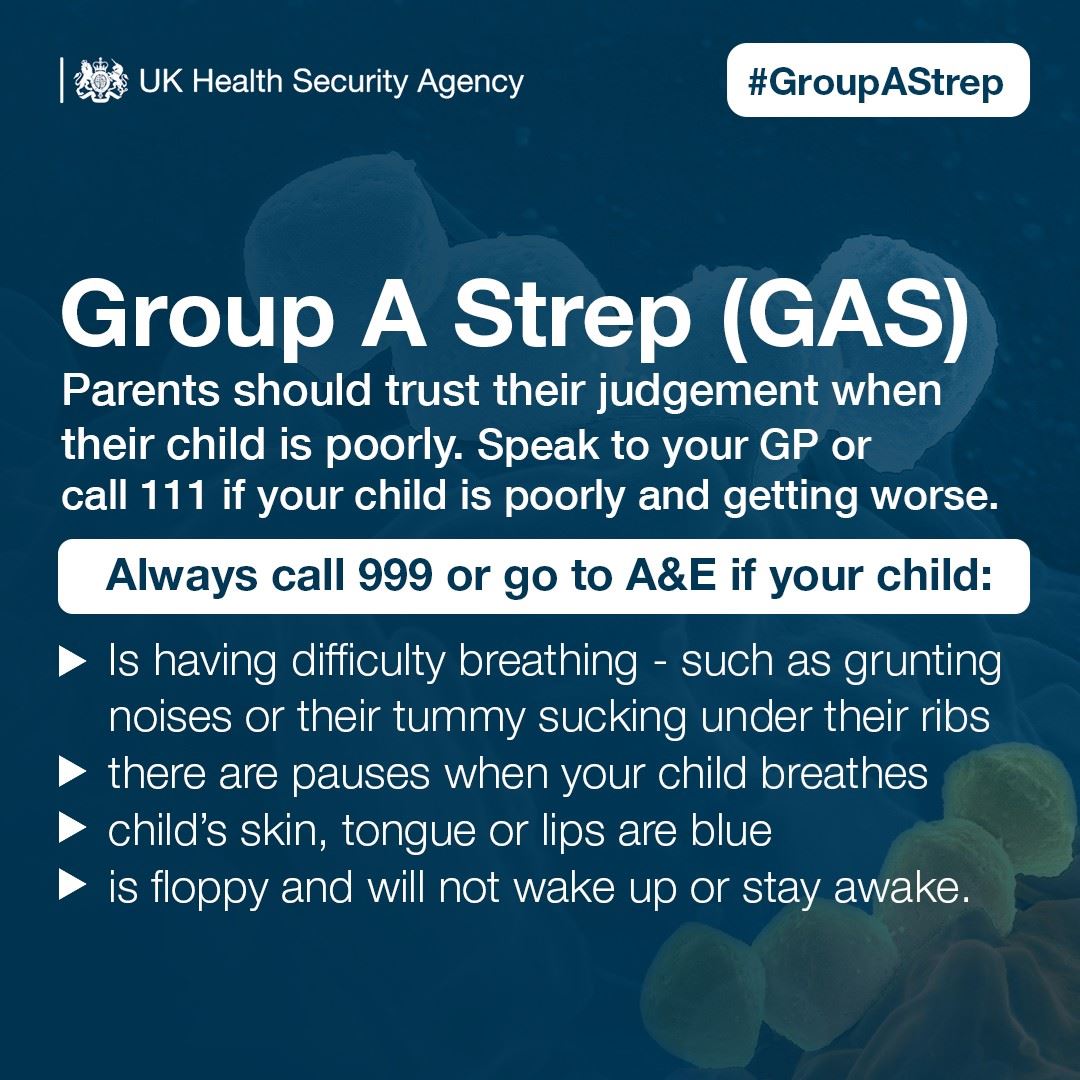
Page last reviewed: 13 April 2023
Page created: 13 April 2023
Page created: 13 April 2023
